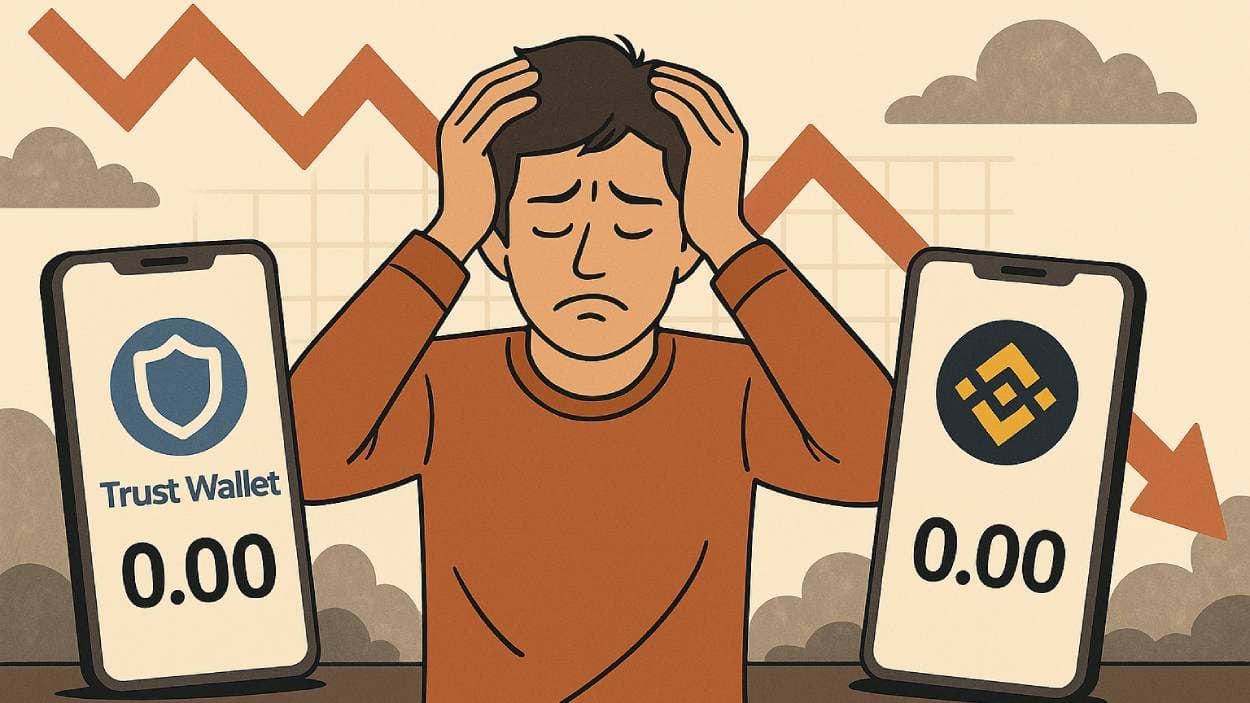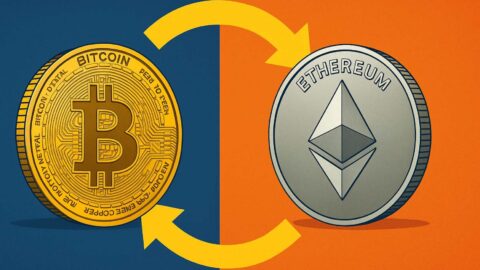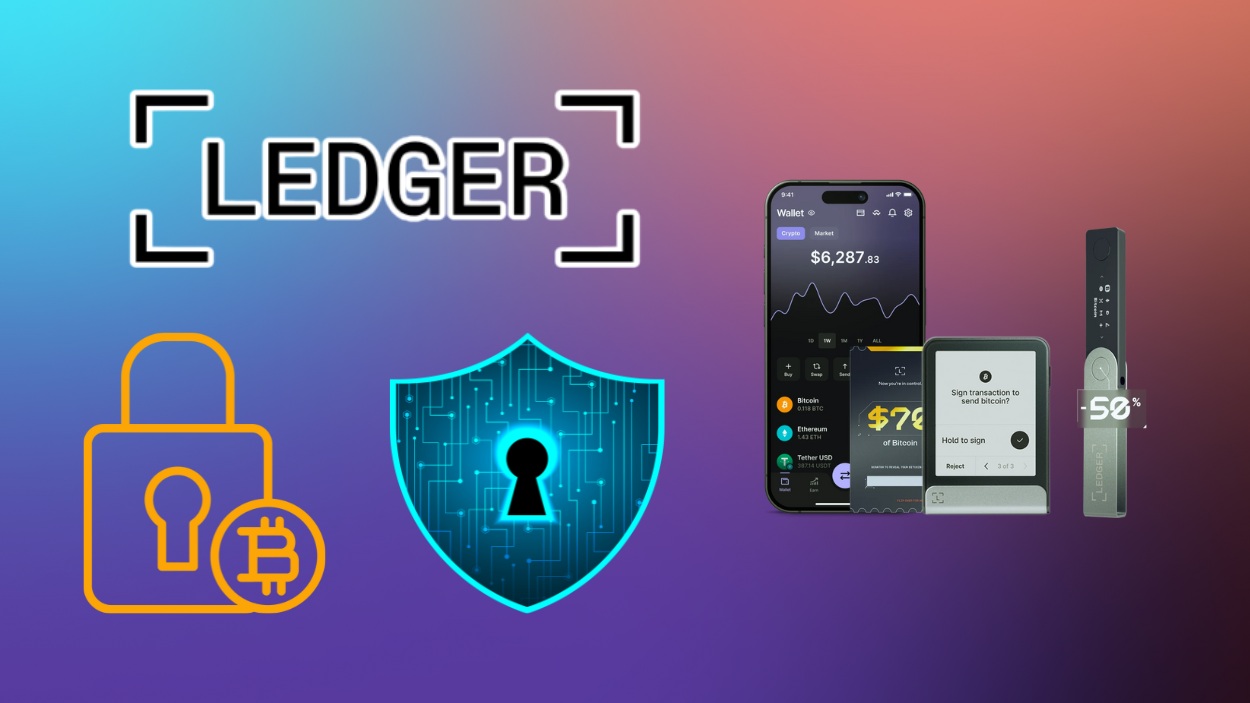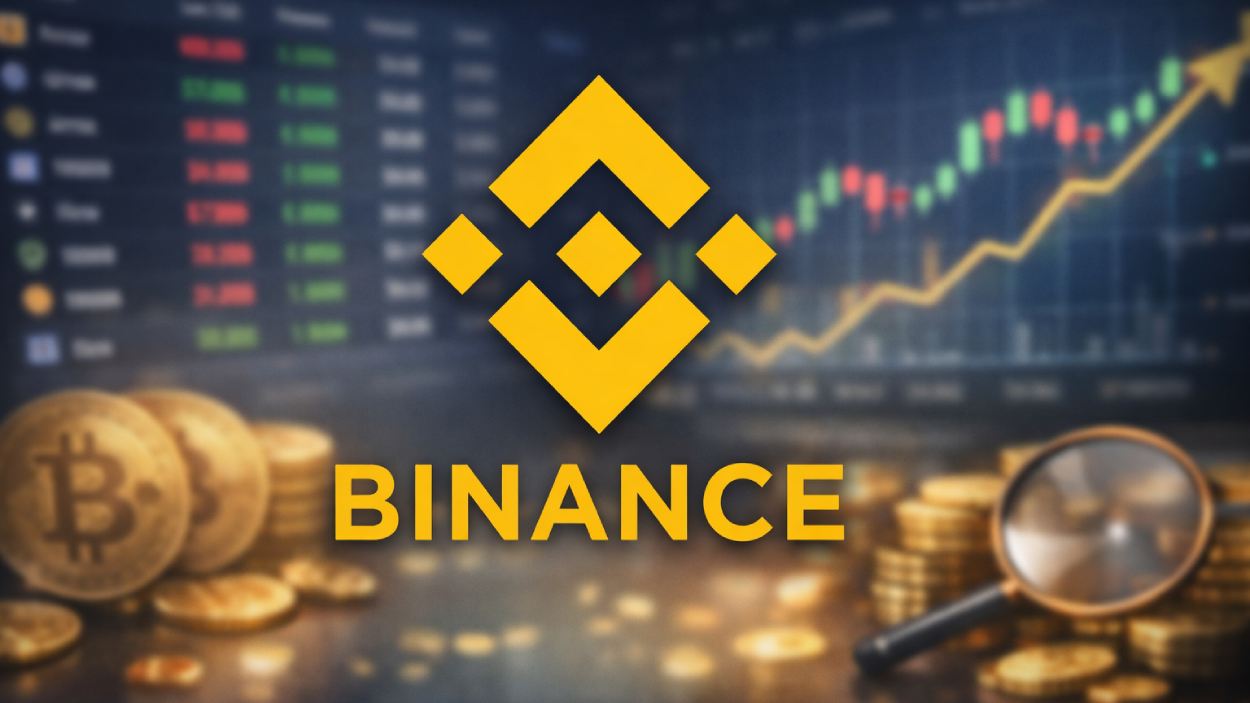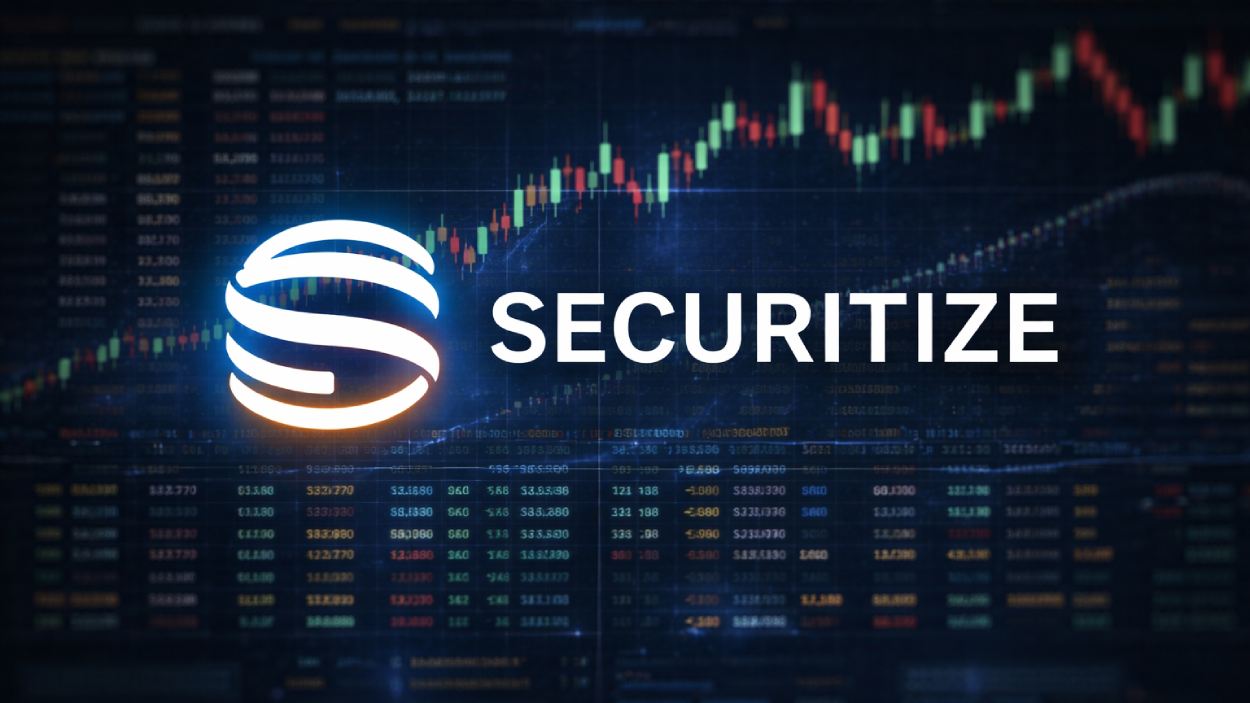Users of Binance Wallet and Trust Wallet were left frustrated after technical glitches during a market crash made it difficult to view their crypto balances and complete transactions.
Key Takeaways
- Binance Wallet and Trust Wallet users experienced balance display issues following last week’s sharp market downturn.
- Binance blamed network congestion and pricing volatility for delays in wallet data visibility, while Trust Wallet pointed to a market data sync error.
- Some users claimed losses during the glitch, as delayed data prevented timely trades, particularly in BNB.
- Both platforms assured that funds remained safe, though user confidence was shaken during the volatile period.
What Happened?
Following a steep market crash last Friday, self-custody platforms Binance Wallet and Trust Wallet suffered ongoing display issues that lasted through Monday. Users reported that their wallet balances were not updating, transaction histories were missing, and in some cases, their assets appeared to have vanished entirely. While both platforms stated that assets were secure and accessible, the inability to view or interact with holdings sparked panic and criticism across social media.
Due to network congestion, the system is temporarily experiencing lag, causing some users to be unable to see the interactive information of the event at the moment.
— Binance Wallet (@BinanceWallet) October 13, 2025
This information requires some buffering time to display. We are actively working on resolving this issue.…
Binance Wallet Glitch Leaves Users Seeing Zero Balances
The trouble began around 9:45 AM UTC on Monday, when users started posting screenshots on X showing zero balances in their Binance Wallet accounts. Some were unable to access their transaction histories, perform swaps, or use the app’s core features. According to Binance, the issue stemmed from network congestion and required additional buffering time to display wallet data.
“This information requires some buffering time to display. We are actively working on resolving this issue,” Binance wrote in a statement.
Several users expressed frustration at being unable to sell during rapid price movements. One user reported losing over $130 after failing to sell BNB during a 3.5% drop, triggered just after the end of Binance Wallet’s Yield Basis TGE event. That event was oversubscribed 60 times, with users investing over 116,000 BNB, significantly exceeding its goal of 1,918.47 BNB. The massive influx may have contributed to the network congestion.
Binance confirmed that the outage lasted around 30 minutes, with services slowly recovering afterward. Despite these disruptions, the platform maintained that wallet functions remained technically operational and user funds were not at risk.
Trust Wallet Also Experiences Sync Errors
Trust Wallet faced a similar issue on Sunday. The platform acknowledged that a market data synchronization error caused some users’ fiat balances to appear incorrectly. While Trust Wallet claimed the glitch was resolved within four hours, some users continued to report issues afterward.
We’re aware some users are not seeing their balances in their Trust Wallet due to a market data sync issue.
— Trust Wallet (@TrustWallet) October 12, 2025
Please rest assured your assets are safe.
Our team is actively working on a fix and expects this to be resolved within the next few hours.
Unlike Binance Wallet, users could still swap, stake, and transfer assets, as crypto functionality remained intact. Trust Wallet, with over 17 million monthly active users and 210 million app installs, assured that user funds were secure throughout the incident.
Analysts Point to Oracle Stress From Market Liquidations
Experts believe the issues stemmed from high volatility and a spike in liquidation volume across the crypto market. Lucien Bourdon, an analyst from Trezor, suggested that pricing oracles were overwhelmed, leading to delays in data propagation across wallet platforms.
While Binance Wallet and Trust Wallet were the only major platforms affected, users were urged to monitor blockchain explorers for accurate balances during periods of market stress.
CoinLaw’s Takeaway
In my experience, wallet glitches during extreme volatility are more common than people realize, but this one stood out because of its timing and impact. When thousands of users see zero balances in their wallets and can’t act on trades, it erodes trust, even if the funds are technically safe. I found Binance’s explanation reasonable, but I think the lack of upfront communication made the situation worse. For platforms like Trust Wallet and Binance Wallet, real-time transparency matters more than ever. If you’re in crypto, always bookmark a blockchain explorer. You might not need it every day, but when you do, it’s your best friend.
Hover or focus to see the definition of the term.

